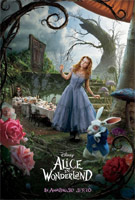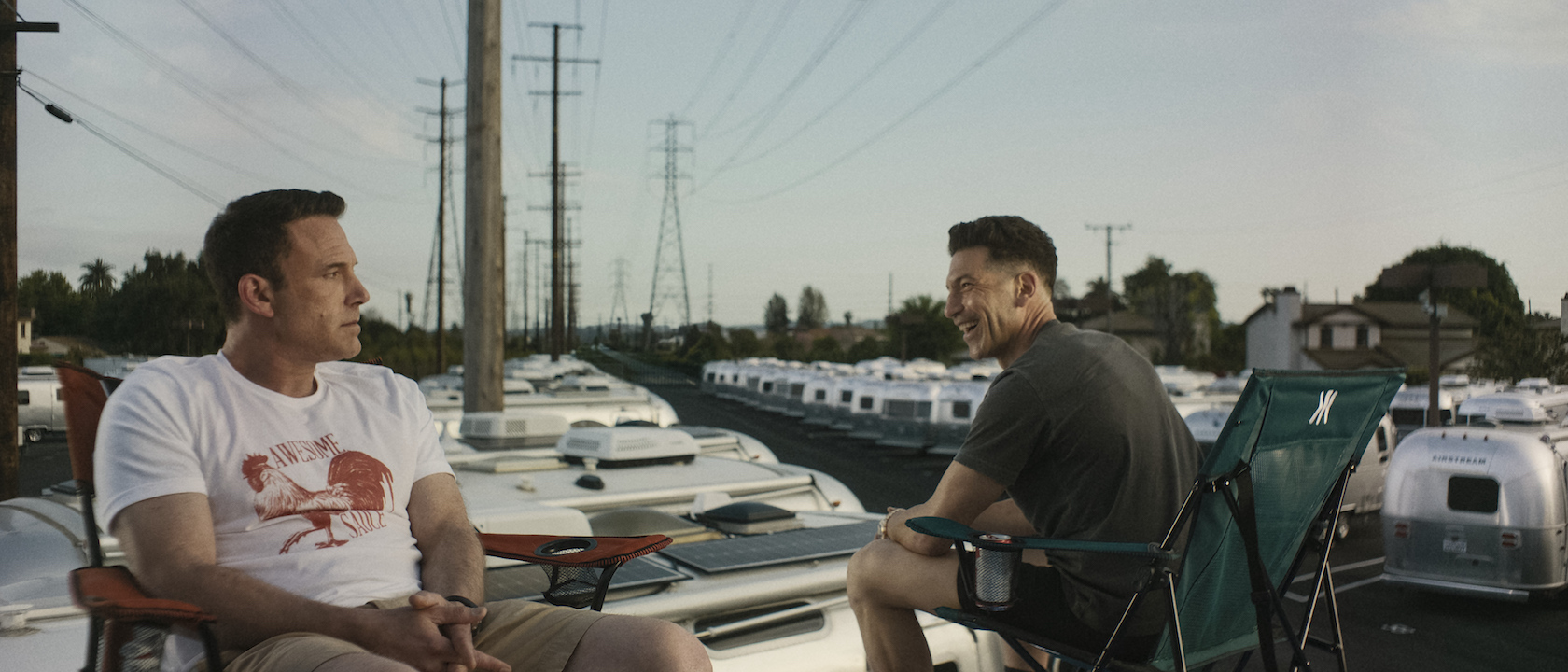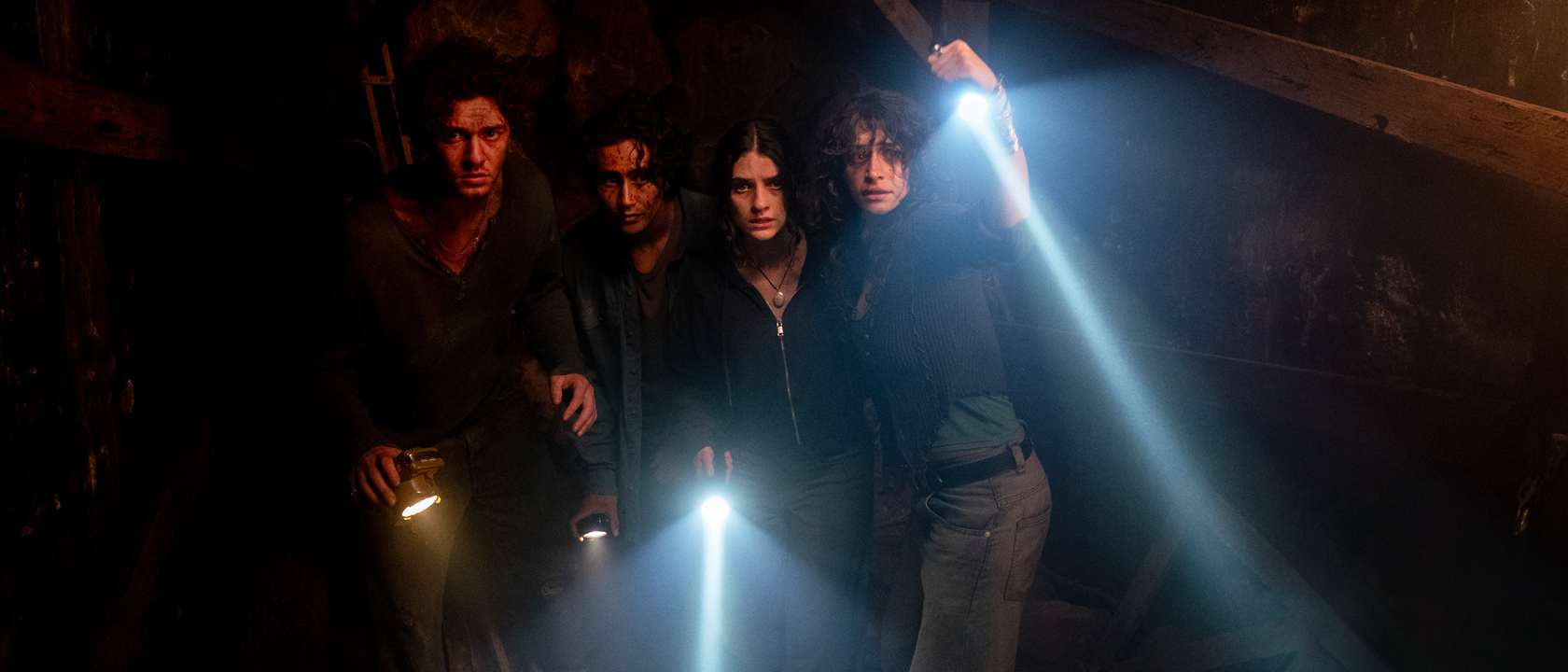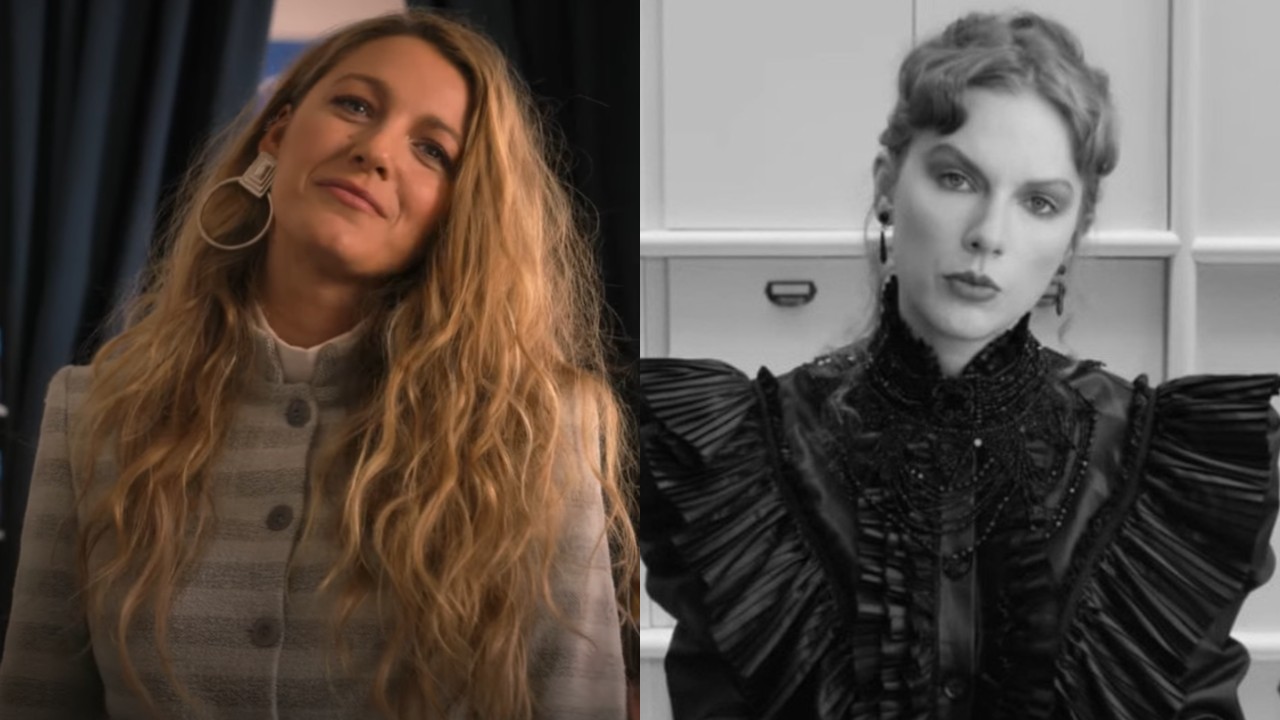"You've lost your muchness," the Mad Hatter tells Alice early on in Tim Burton's garish, noisy take on Alice in Wonderland. Depending on how you choose to define that particular nonsense phrase, Burton has also lost his muchness-- that essential quality that made his films fascinating 15 years ago-- or accumulated way, way more of it than any man needs. Because "too much" is what Alice in Wonderland is in nearly every way-- too much color, too much scenery, too much busy plot, too much exposition. The only thing there's not too much of is characters worth caring about-- in fact, there's none of those at all.
Taking for granted that his audience is as fascinated and familiar with Lewis Carroll's Alice stories as he is (both Alice's Adventures in Wonderland and Through the Looking Glass are referenced here), Burton throws us into his wild world with little to go on except the knowledge that teenage Alice (Mia Wasikowska), like every other children's literary hero, is no ordinary girl. As a child she was plagued by nightmares about talking caterpillars and vicious queens, and at 20 she is both spacier and smarter than the high-society folks who surround her. This time she falls through the rabbit hole after a proposal from a dweeby suitor, and one she gets through the "Drink Me" and the "Eat Me" and the tiny door, it's back to Underland-- as it turns out, "Wonderland" was just a childhood nickname.
The White Rabbit, the Dormouse and Tweedledee and Tweedledum have gotten together to bring Alice back to defeat the Red Queen's monstrous Jabberwocky, as has been foretold in a scroll that apparently knows the future. Because no one other than the audience is sure whether it's the right Alice, she spends about an hour going from character to character (Alan Rickman's Caterpillar says it's not her, Johnny Depp's Mad Hatter says it is) to solve the unimportant mystery. Given that we all know how the story must end-- prophecies tend to work that way-- you'll lose interest long before Alice finally does and gets on with her mission.
As she wanders about the psychedelic fantasy land, Alice encounters characters we know from other versions of the story-- the shrill Red Queen (Helena Bonham Carter, doing her comic best) and her sycophantic Knave of Hearts (Crispin Glover)-- along with some less familiar faces, like hangdog hostage Bayard (Timothy Spall) and the floaty, elegant White Queen (Anne Hathaway), who shows about as many character layers as Glinda the Good Witch. Because none of the character or their subplots matter, they're mostly distractions as the story huffs and puffs its way to the final battle, which looks like every other final battle you've seen in a children's fantasy film in the last 10 years, except that it's a girl fighting the giant dragon-beast.
There are a few dark and creepy elements in the production design and costumes-- Alice's constantly reinventing dresses, the big black Jabberwocky-- but the movie is almost 100% bright Disney nothing. Alice has virtually no reaction to the amazing things that happen to her, whether attacks from a furry Bandersnatch or a chance to wear a full shiny suit of armor, and the fact that she has forgotten this entire world from her visits as a child could be poignant and tragic, if it weren't immediately brushed off in favor of more frantic chase scenes. We're meant to be dazzled by the visuals and the whimsy, when even the youngest child knows the best parts of Lewis Carroll involve the threat of danger and mayhem just below the surface.
Edging his way into seemingly every scene is Depp's Mad Hatter, who does his best to steal the movie away from Alice (which Wasikowska, to her credit, won't allow). Everything about the character, from the frizzy orange fright wig to the enlarged green eyes, speaks to Burton's excess, his inability to tell himself or anyone "no" when presented with an unlimited budget and an actor he's comfortable with. Depp uses a high-pitched lisp for some of the Hatter's scenes and a roaring Scottish brogue for others, and wavers between endearing eccentricity and out-and-out insanity. None of the character choices make any sense, and when presented against the natural Wasikowska, they're unbearably grating.
As for the 3D, it's hugely unfair for Alice to be following up Avatar-- its CGI effects and 3D depth is piddling compared to James Cameron's titanic effort. But then again, the waxy look of characters like the Tweedles and the dizzying effect of the 3D speaks to the overall shoddiness of the film, the sense that this isn't a visionary director re-imagining a classic tale, but the man once described as the world's most frustrated production designer running roughshod over a story that should have been impossible to screw up. There's a lot to look at in Burton's Alice in Wonderland, but nothing that's worth remembering.
Staff Writer at CinemaBlend












